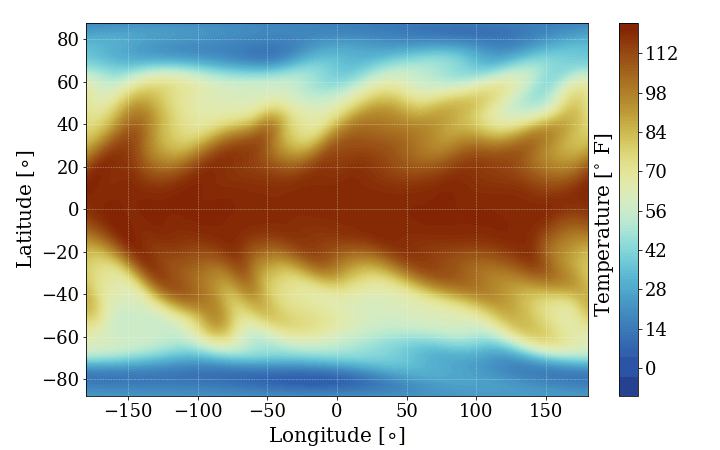 Erin M. May - Current and Past Research
Erin M. May - Current and Past Research
All papers to which I've contributed can be found here. Selected works are linked below, and first-author papers can be found here.
Want the quick summary of my papers? Check out my twitter thread summaries*!
(*I no longer post on Twitter. For future paper threads, follow me on Mastodon)
Exoplanet Observations
Spitzer Phase Curves
Phase curves allow us to study the heat transport and day/nightside planetary emission. I am the PI of a funded NASA ROSES XRP program to perform a uniform analysis on the entire set of Spitzer phase curves to enable better population studies.
May & Stevenson (2020) - Calibration Map & WASP-43b
May & Komacek et al. (2021) - WASP-76b Phase Curves & Models
May et al. (2022) - 8 new phase curves and Hot Jupiter Population Trends

JWST observations
I am a member of the JWST Transiting Exoplanet Early Release Science (ERS) team and the JWST Telescope Scientist Transiting Exoplanet Guaranteed Time (GTO) team. I am involved with three Cycle 1 GO JWST program teams. Though not research related, I regularly speak to the public about JWST and the science it will accomplish.
(Image Credit, Zafar Rustamkulov)
Bell, T. et al. (2022) - Eureka! (A tool for analyzing JWST time series observations of Exoplanets)
I've contributed code and continue to provide critical updates to the Eureka! project
ERS Collaboration et al. (2022) - The First Detection of CO2 in an Exoplanet Atmosphere
I contributed to initial efforts to reduce the PRISM data used here
Rustamkulov, Z. et al. (2022) - ERS observations of WASP-39b with NIRSpec PRISM
I contributed a reduction of the PRISM data using Eureka!, contributed ideas which led to the methods used to recover the saturated region, including determining the most important parts of the process, made plots, and advised.

Modeling & Theory
3D General Circulation Models (GCMs)
3D GCMs allow us to study how a variety of external and internal conditions affect the climate (temperature, winds, etc.) of a planet; and map those to observational predictions. I generally work with the Rauscher GCM and have updated it to include the effects of variable irradiation from binary host stars (see May & Rasucher 2016 below) and the effects of a solid surface on the radiation and drag schemes (see May & Rauscher 2020 below). I also have experience using the NASA Goddard Planetary Spectrum Generator (PSG) to post process outputs from other GCMs, including ExoCAM to study observable properties of exoplanet atmospheres.
May & Rauscher (2016) - 3D GCMs and 1D EBMs of Circumbinary Exoplanets
May & Rauscher (2020) - 3D GCMs of Super Earths and Sub Neptunes
May, Taylor, Komacek et al. (2021) - Variable Clouds on TRAPPIST-1e

Recorded Seminars
McGill Space Institute
February 2022
Spitzer Phase Curves and Population Studies
Infrared Science Interest Group
December 2021
Spitzer Phase Curves and Population Studies
Interstellar Probe Study Webinar Series
January 2021
Exoplanet Analogue Opportunities
